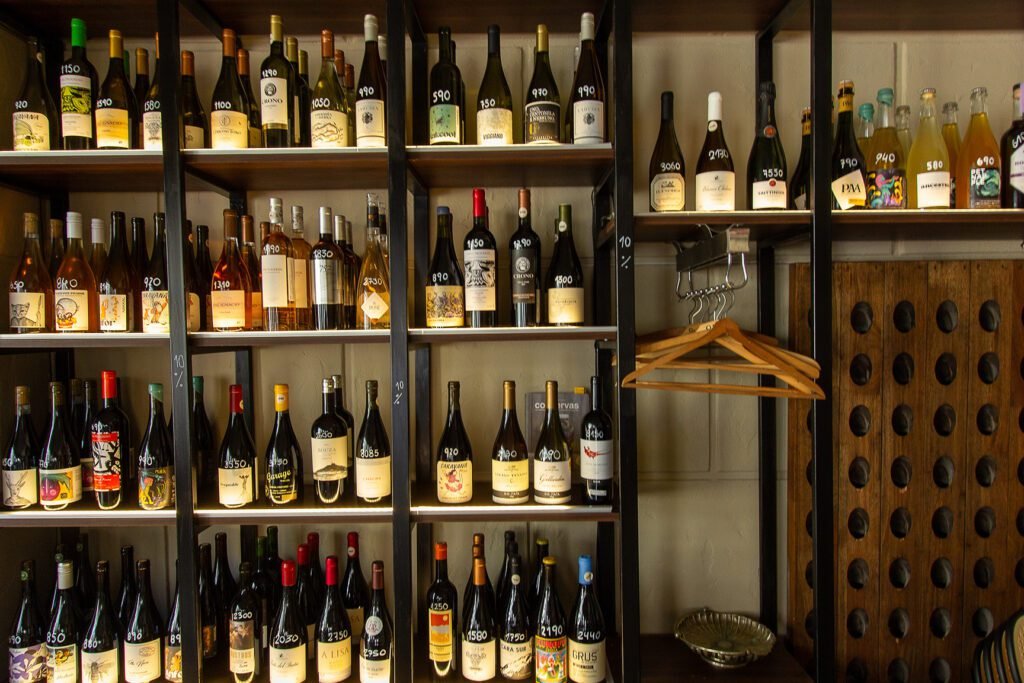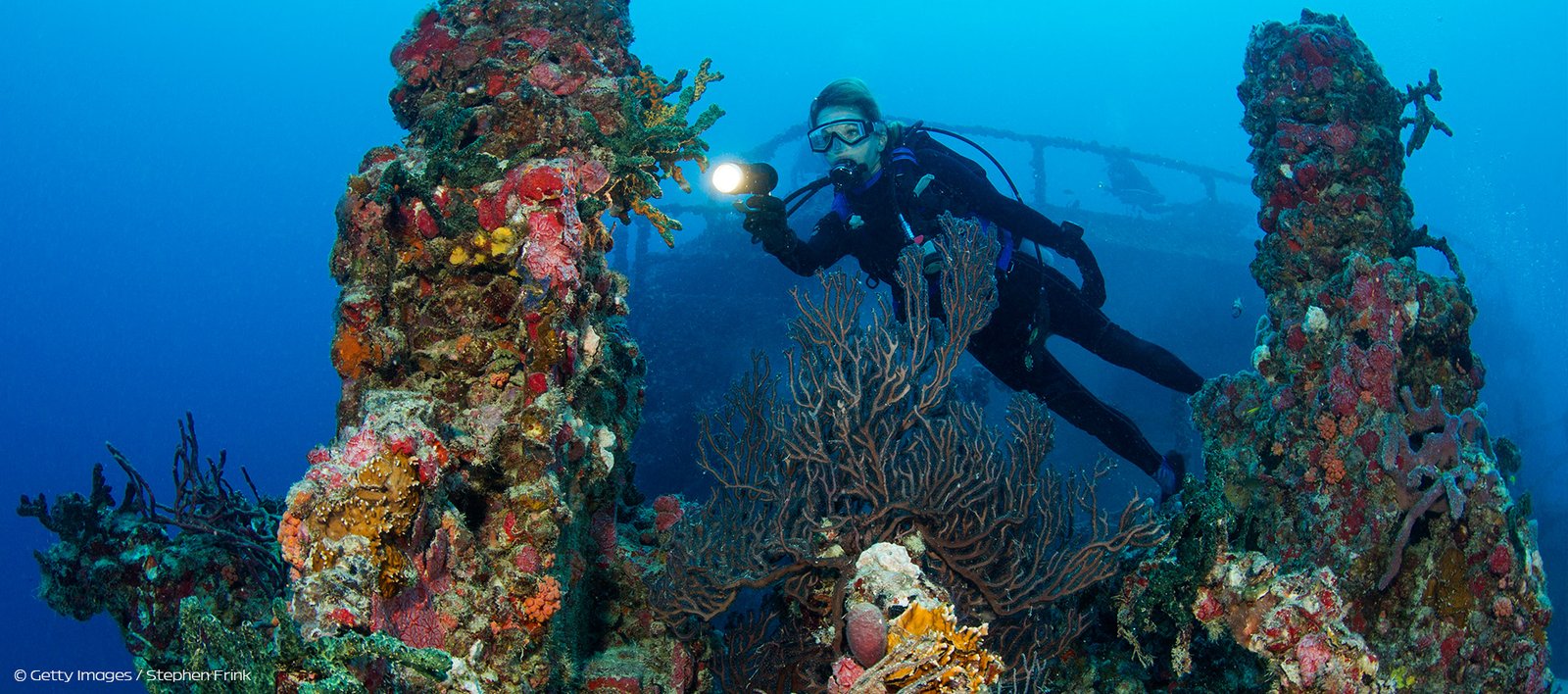
Montevideo, Don’t Miss It
We arrived in Montevideo at the change of seasons, as the waning heat gave way to brilliant sun in a clear sky and gale-force winds carried a chill from the south. The Uruguayan capital surprised us with its changeable weather, but also with its lanes lined with cafes, its history, and of course, the warmth of its people.
By: Julia Henríquez
Photos: Demian Colmamn
Summers in San Jose are cool and sunny. The yellowbark, jacarand a, and savannah oak trees tint the sidewalks with shades of yellow, violet, and pink, inviting you to lose yourself in a city where architecture and flora embrace one another.. In Costa Rica there is only summer and winter, but during the first few months of the year the trees are in bloom, reminding one of spring in other regions.
Culture and nature have always been in symphony in this beautiful land and today, that I have been blessed with free time, I come to prove it in six different destinations.

The Green Side
We set out on our first adventure in Montevideo and immediately noticed how green the streets are. The avenues are thick with trees and interspersed here and there with small plazas that serve to refresh body and soul.
As we were leaving, we came across a mansion built more than one hundred years ago: the Hotel del Prado, which seems to stand guard and point the way to the Botanical Garden. Established in 1902, it’s the perfect place to end a tranquil day amid nature.


Speaking of green spaces, don’t forget Parque del Prado, which was designated a National Historic Monument. More the 247 acres provide space to clear your mind and forget for just a moment that you are in the middle of a city. The park is the perfect place to embrace the Río de la Plata custom of sitting on the grass We succumbed to the allure of the stream, the trees, and the statues.We took a turn through the rose garden and savored a coffee in the shade of a tree.
The Rambla
Since the day greets us with radiant sunshine and lessening winds, we opt for a walk along the beach. In Montevideo it is difficult —at least for me— to distinguish between the sea and the imposing Río de la Plata. I wasn´t entirely sure during all sixteen miles of my walk. This pedestrian corridor links nearly twenty beaches, parks and restaurants that overlook waves that invite you to surf, kitesurf,kayak, and engage in all manner of physical activity. Walking along the Rambla proves once again how much Montevideo residents love quality time outdoors.


We also found several surprises, from the Rodó Park rides and the Carlos Gardel House Museum to the majestic Hotel Casino Carrasco. Drop in and imagine that you are in a movie featuring kings and princesses and then continue dreaming through the streets of the Carrasco neighborhood, dotted with exquisite homes whose windows and balconies tell tales of immigration and prosperity.
The Architecture
The history of many cities, Montevideo included, can be told through the buildings.Like any port city worthy of the name, the Uruguayan capital has experienced great waves of immigration that shaped it into what it is today.

Italian, Spanish, French, and Dutch influences are evident in its houses and buildings. We walked through the Old City to savor every little bit of this history. In the center of Plaza Independencia, the Artigas Monument, which commemorates a national hero, faces the Salvo Palace.
En sus casas y edificios se pueden ver las influencias italiana, española, francesa y holandesa. Para saborear cada pedazo de esta historia, caminamos por la Ciudad Vieja. En medio de la Inaugurated in 1928 and designed by Mario Palanti, it tells the story of a family of immigrants and the continual battle between art and religion., narra la historia de una familia de migrantes, además de la lucha constante entre el arte y la religión.
We took the tour to appreciate it in its entirety. We also visited the Tango Museum, where we learned that the history of this rhythm in Uruguay revolves around the song “La Cumparsita”
Then we stepped through the majestic city gate, which dates from 1740 and still demarcates what used to be a walled city. We left Plaza Independencia and walked along Avenida 18 de Julio, closely examining the eclectic architecture of the buildings dominated art decófrescoes, windows, and balconies.. If you decide to follow in our footsteps, don´t forget to visit the Presidential Palace Museum and take a guided tour of the Solís Theater. nos hablan de una época de lujo y bonanza.

The Wine
We wanted to get out of the city for a while, and our friends from WineBusfriends from WineBus. It was a cold d ay, perfect for slipping off your coat and wrapping your hands around one or more glasses of wine. As we walked through the vineyards and surveyed the boutique hotels at the wineries we visited, we learned about the history of Uruguayan wine.
It is a specialty produced by traditional wine-making families who, generation after generation, have perfected every stage of the process, becoming producers who look beyond quantity to emphasize quality. Uruguayan wine culture is growing by leaps and bounds, offering the highest quality , services that combine relaxation, enjoyment, and a link to tradition. Don’t miss the opportunity to taste a good Tannat paired with excellent dishes.

Uruguayan wine culture is growing by leaps and bounds, offering the highest quality services that combine relaxation, enjoyment, and a link to tradition.
The Cuisine
A quick glance at a menu will confirm that there are more cows than people in Uruguay; meat is clearly one of the bases of Montevideo cuisine.
Make sure you try the chivito (steak sandwich), the favorite local version of fast food. Stroll through the Port Market to work up an appetite; the picturesque barbecue grills fill the aisles with savory aromas. The many shrimp and fish dishes recall our proximity to the sea, and the influence of the immigrants who shaped the country shows in the Italian, Spanish, and French restaurants found on every corner.


Downtown, we ambled along the Sarandí and Pérez Castellano pedestrian streets to try the famous cafes, but we ended up discovering experiences that blend good food, wine, and above all a sense of the neighborhood and a feeling of community beloved by both residents and tourists. Get out and stroll among street musicians and “underground” restaurants to sample the essence of Montevideo.
The Camdombe
As it is in most of the Americas, the country’s African heritage is important to the Uruguayan identity. A clear symbol of this living heritage is the nightly echo of the drums that strike the traditional drum calls of candombe. Álvaro Salas Gularte, master percussionist of the Mundo Afro organization, explains how this rhythm, now so Uruguayan, emerged from a blend of the more than twenty African cultures brought to South America.

Get out and stroll among street musicians and “underground” restaurants to sample essenceof the Uruguyan capital.
These very different enslaved communities found a common language in the midst of tragedy: music. c of the drums, to the country with the longest carnival in the world, and to those who seek to highlight the importance of their history.
The Culture
Time is running out, my notebook is getting full, and there and there is still so much to say and do. Montevideo is a good idea to try to understand the threads that run through the fabric of this very special city. n the view of this tourist, the Montevideo of today has clearly been affected by two events that mark a before and after in the history of this country: the cruel dictatorship and the tragic accident suffered by a group of young people in the Andes in the 1970s and early 1980s. It is incredible to see and sense such a tranquil, safe, modern-thinking city, knowing that it has overcome a difficult past.


The key lies in memory and learning from experience. This becomes clearer with a visit to the Andes 1972 Museum, whose goal is not to exploit the tragedy, but to encourage visitors to reflect on the importance of teamwork and the power of determination, while also nudging them to set goals for resolving problems.
This and so much more make up Montevideo, the great little city that encouraged this traveler to explore, walk, eat, and drink in order to tell you what you shouldn´t miss. Now it’s your turn — don’t miss it!




Leave a Reply